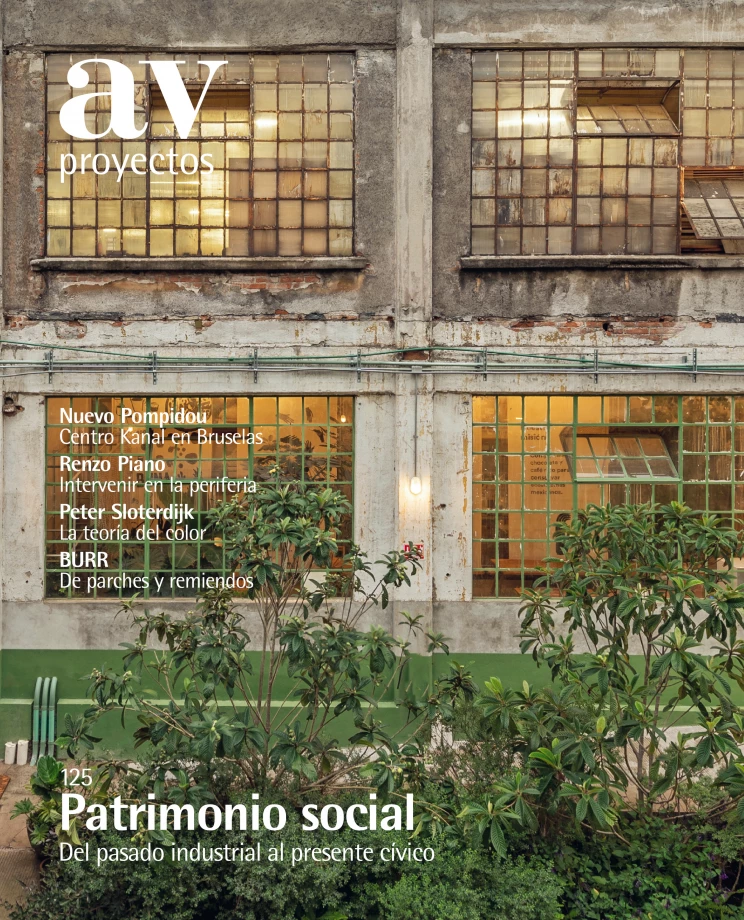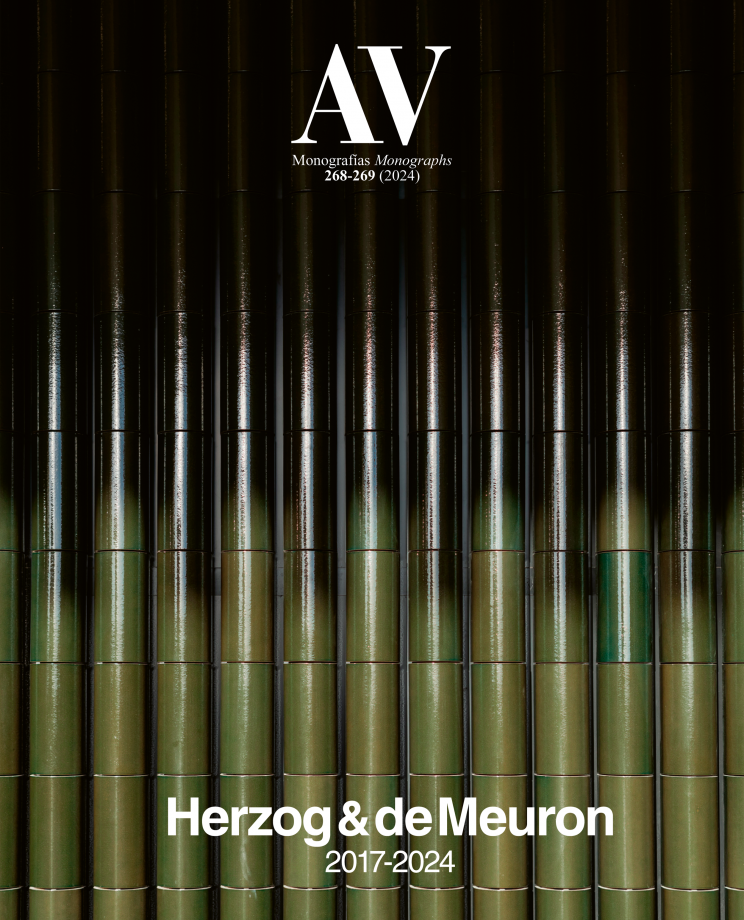Powerhouse Arts in Brooklyn, New York (United States)
Herzog & de Meuron- Type Refurbishment Art Center
- Date 2016 - 2023
- City New York
- Country United States
- Photograph Iwan Baan
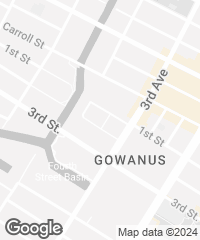

The Swiss firm Herzog & de Meuron was commissioned to restore the Brooklyn Rapid Transit Power Station, built in 1904, and transform it into an art manufacturing hub. In the 1950s, half the original structure – the Boiler House – was demolished. The Turbine Hall was left standing. Late in the 20th century, the remaining structure became a destination for local graffiti artists, and it was nicknamed ‘The Batcave.’ The 16,000-square-meter project has now formed workshops for creating art with wood, metal, ceramic, textile, and printing. To preserve and reconstruct essential elements of the original power plant, the building’s industrial character and its relationship with the immediate context have been reinforced.
The project worked out a reinterpretation of the historical boiler house, taking advantage of existing original foundations. The exposed concrete structure provides flexible spaces for the workshops, which are stacked vertically. The turbine hall maintains its old layers, making them part of the new facilities. Upstairs, the refurbished steel trusses are left visible, offering a versatile space for exhibitions and events.
The workshops share a large service wall that ensures structural stability between the existing building and the addition. Two big volumes on the roof are reminders of the chimneys of the original boiler house. The main public entrance is on the right. The visitor comes in to find a juxtaposition of old and new details: concrete vaults, glazed bricks and tiles, leftover graffiti, and added architectural elements. A metal staircase draws attention toward the large foyer, the building’s principal public feature.
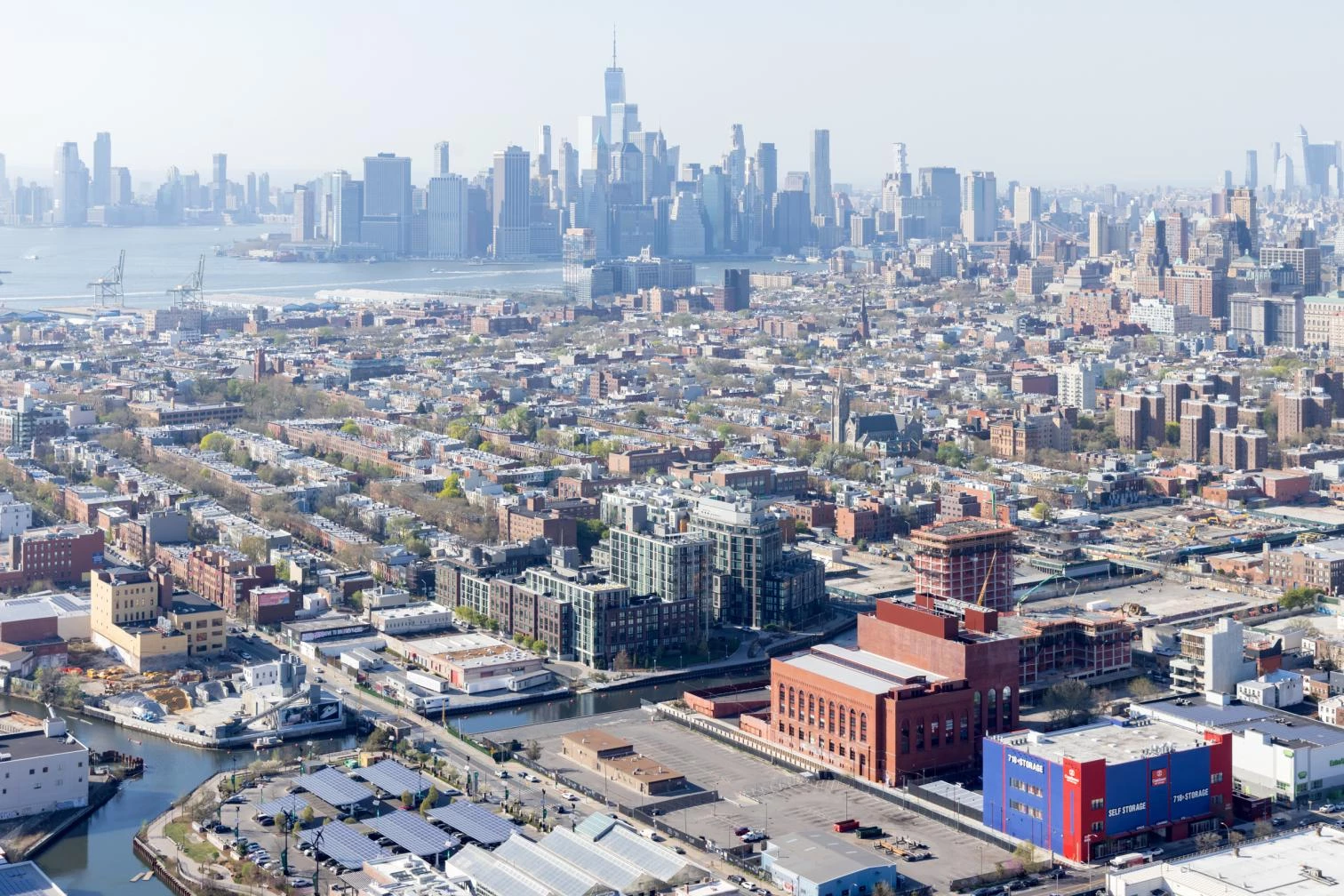


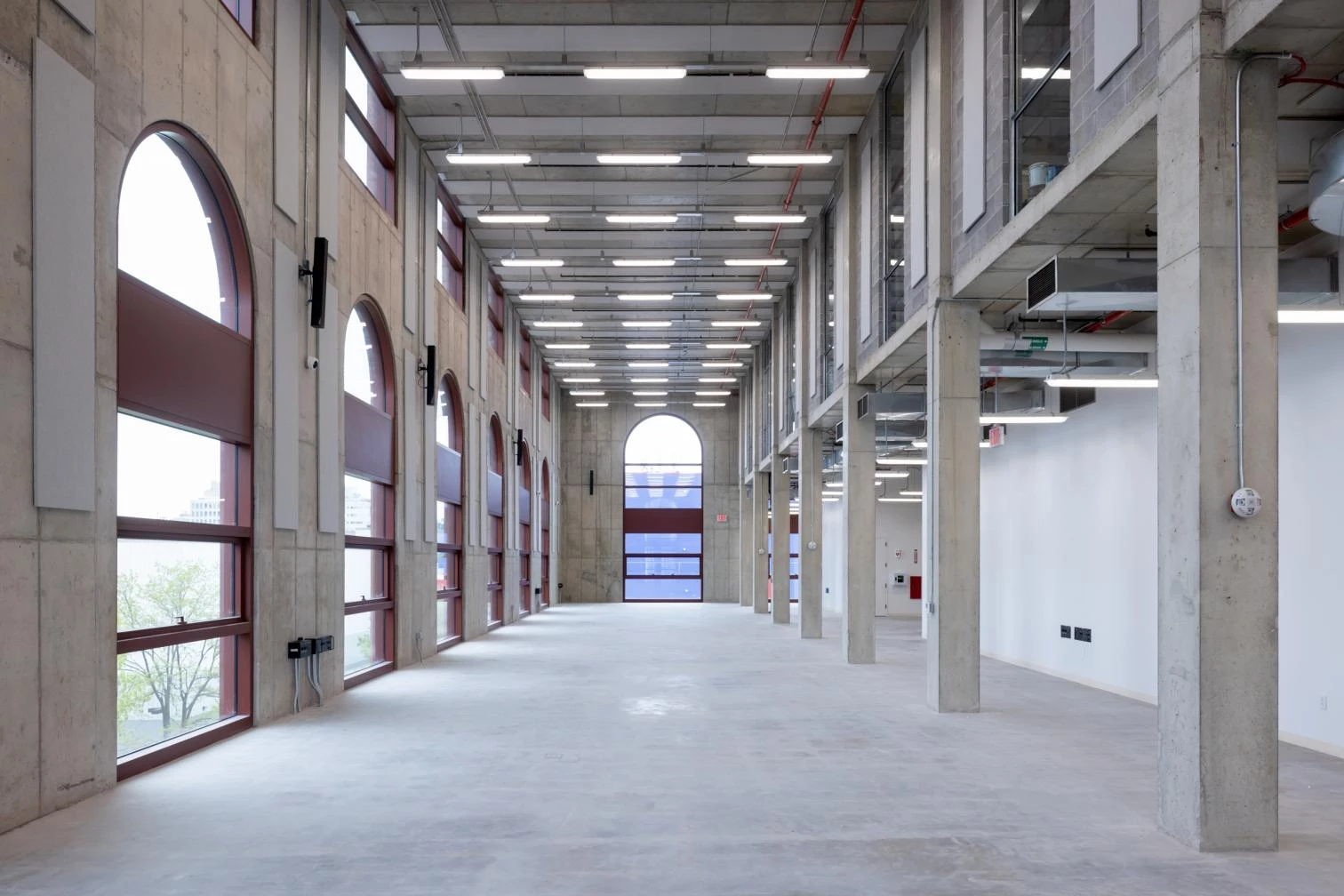
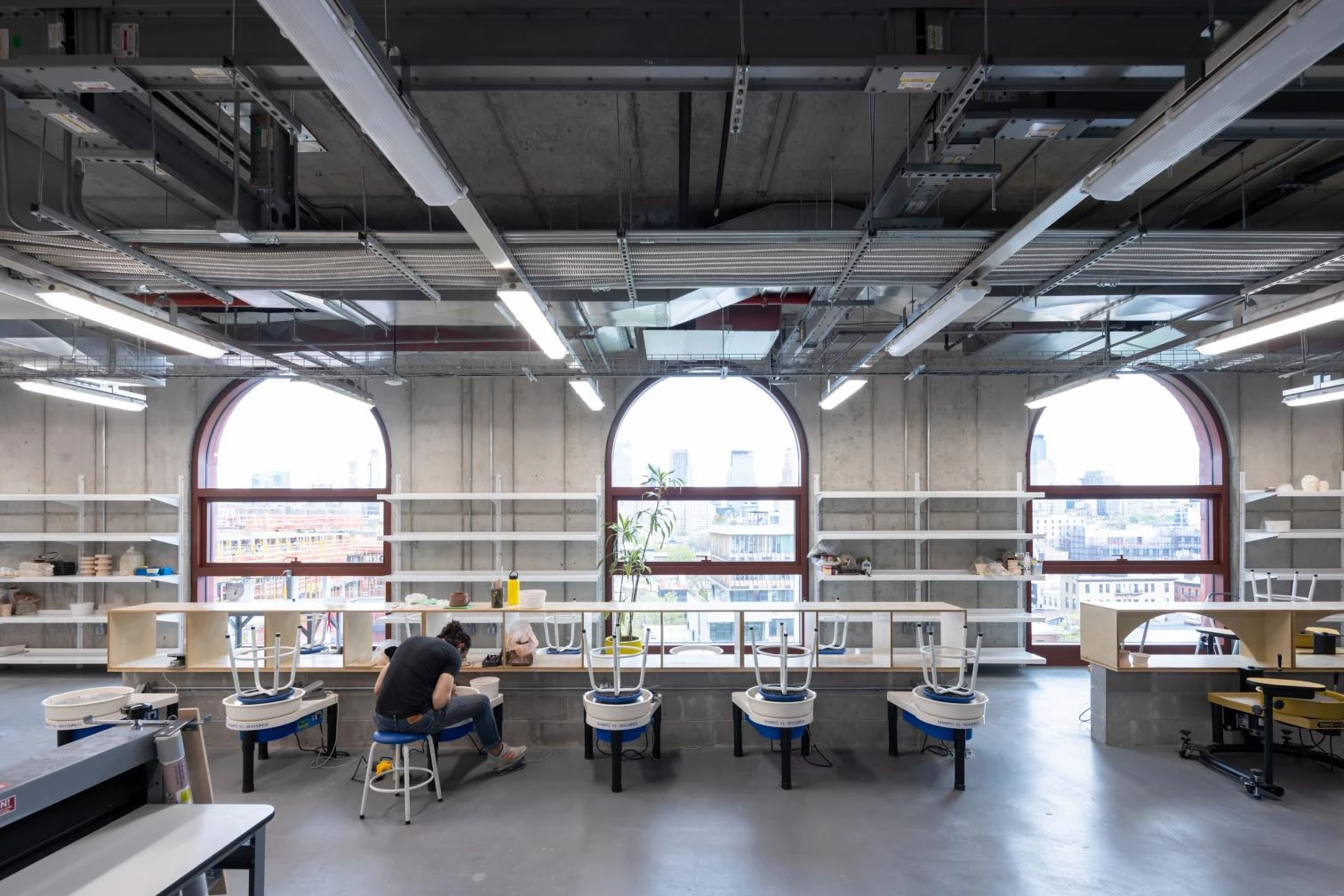

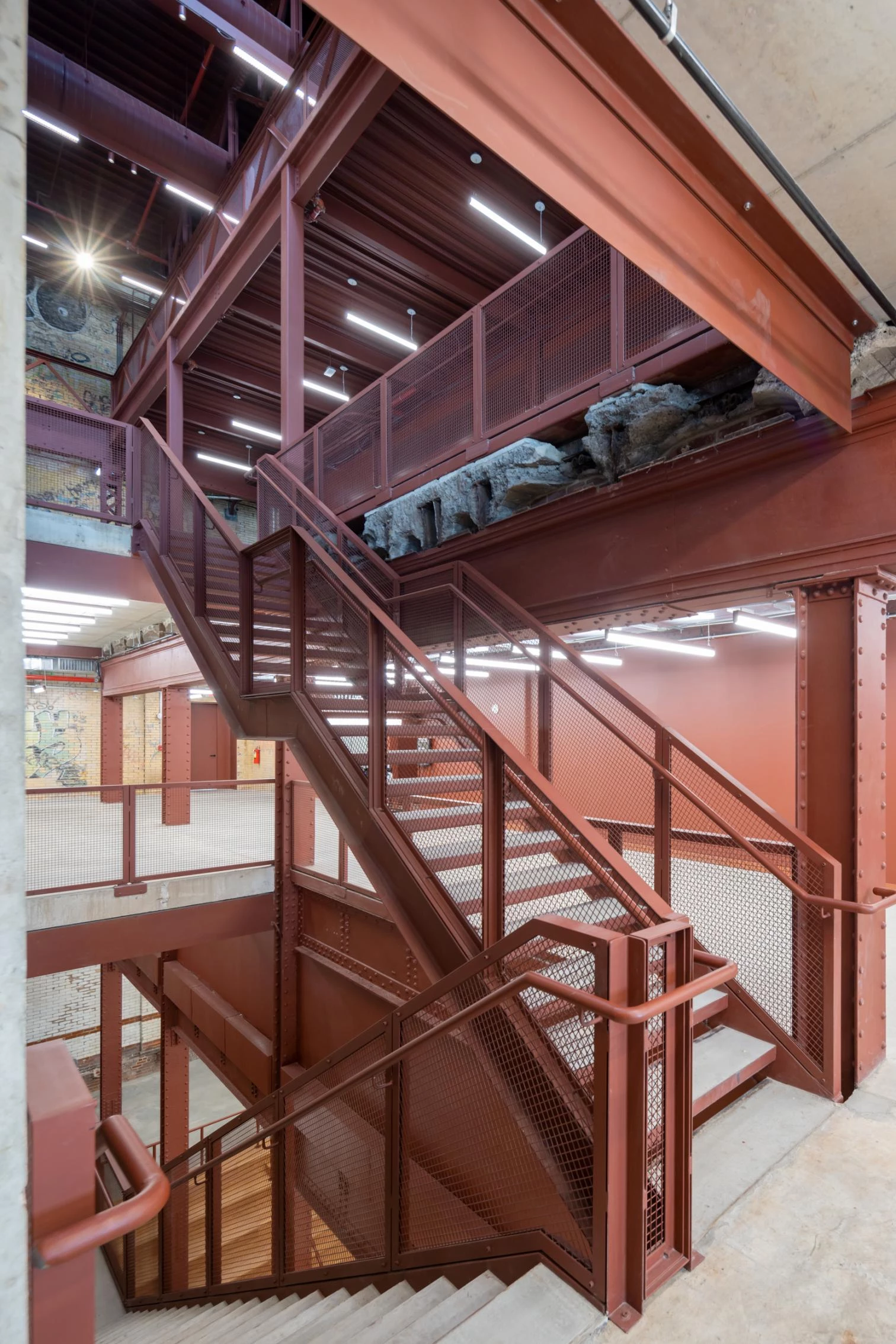

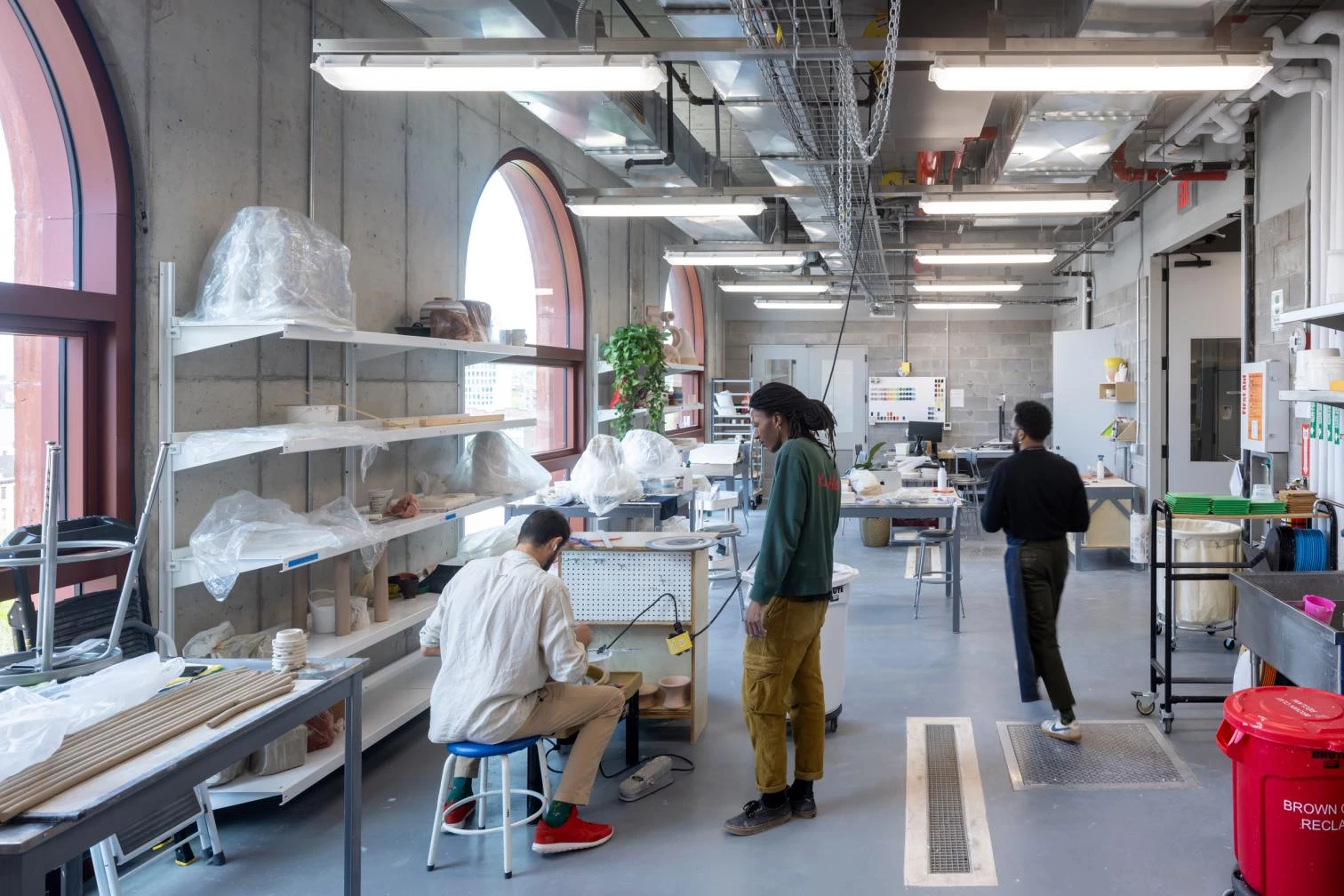
Cliente Client
Powerhouse Arts
Herzog & de Meuron Project Team
Socios Partners
Jacques Herzog, Pierre de Meuron, Ascan Mergenthaler (Partner in Charge)
Equipo Project Team
Philip Schmerbeck (Associate, Project Director), Jack Brough (Project Manager, SD - CA), Raha Talebi (Project Manager, Competition - Pre-SD), Farhad Ahmad, Bruno de Almeida Martins, Iwona Boguslawska, Christopher Cornecelli, Lasse Deichmann, Muriz Djurdjevic, Nazli Ergani, Florian Frank, Fabiola Guzman-Rivera, Josh Helin, Magnus Overby, Pedro Peña Jurado, Martin Jonathan Raub, Rebecca Roberts, Emma Thomas, Pimchanok Wangveeramit, Samuels Zeif
Planeamiento Planning
Design Consultant: Herzog & de Meuron. Executive Architect: Platt Byard Dovell White Architects. Structural Engineering: Robert Silman Associates Structural Engineers. MEP Engineering: Buro Happold Engineering. Cost Consulting: Stuart-Lynn Company. Landscape Architect (Waterfront): Ken Smith Workshop. Construction Management: Urban Atelier Group
Consultoría Consulting
Concrete Consulting: Reg Hough Associates. Facade Consulting: Eckersley O’Callaghan. Lighting Consulting: Tillotson Design Associates. Traffic Consulting: Philip Habib and Associates,. Civil Engineering: Philip Habib and Associates. Geotechnic Consulting: Langan Engineering and Environmental Services. Environmental Engineering: Roux Associates. Fire Protection Consulting: Cosentini Associates. Vertical Circulation Consulting: Van Deusen and Associates. Building Code Consulting: Metropolis Group. Industrial Hygiene: Arts, Crafts and Theater Safety. Masonry Restoration: ICR-ICC (planning); Eugene Architecture (implementation). Acoustic Consulting: Longman Lindsey. IT Consulting: Shen Milsom & Wilke. Surveyor: Building Survey Corporation; Perfect Point Land Surveying. Theater Consulting: Charcoalblue. Other: Gordon Air Quality Consultants
Constructoras Contractors
Concrete Works: Structure Tech. Steel Construction: Maspeth Welding. Facade Restoration: New Roc Contracting. Aluminum Windows: STNY Curtainwalls. Excavation & Environmental Remediation: Darcon Construction. Heating, Ventilation, Air Conditioning: Eastern Air Inc., Brownstown. Plumbing Works: Donato Plumbing. Electrical Installations: Centrifugal Electric. Lighting Fixtures: Chelsea Lighting. Lighting Fixtures: Litelab. Masonry: Bunlin. Architectural Millwork: PGS Millwork. Floor Finishes: Grayfox Flooring. Prefabricated Metal Construction: Workspace 11. Prefabricated Metal Construction: CMG. Exterior Metalworks: PG New York. Interior Metalworks: Tetra. Metal Doors: Long Island Fireproof Door
Fotos Photos
Iwan Baan, Albert Vecerka, Philip Schmerbeck


